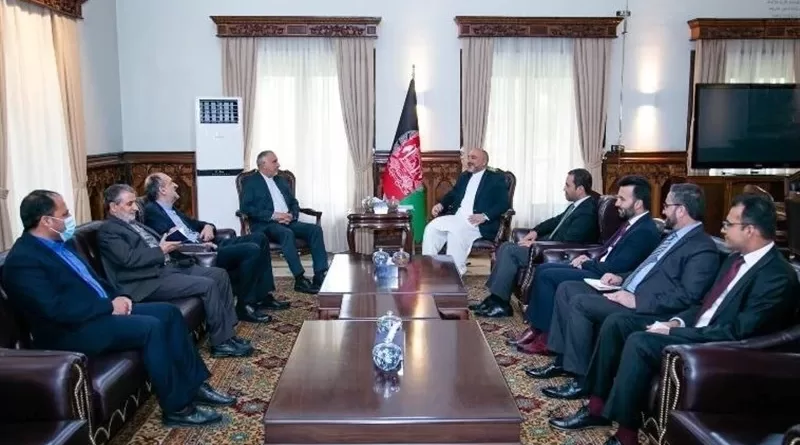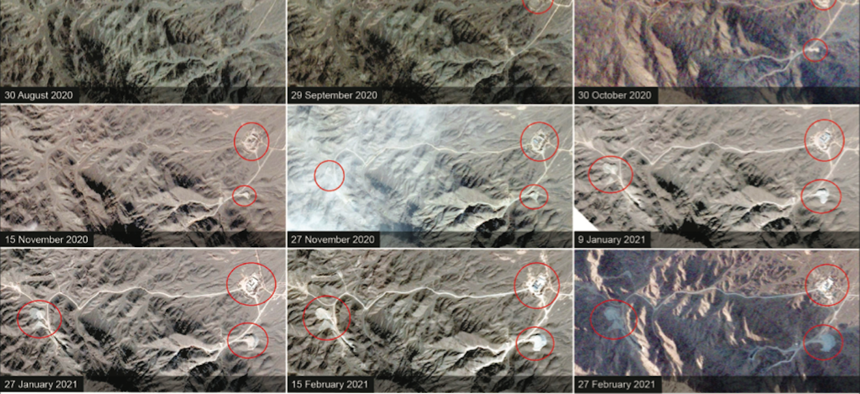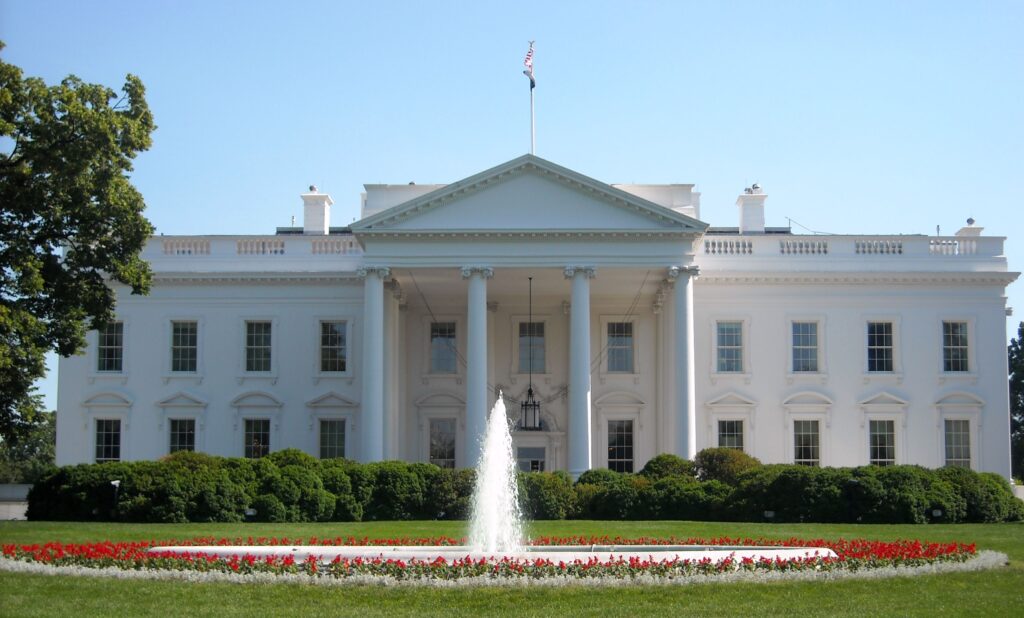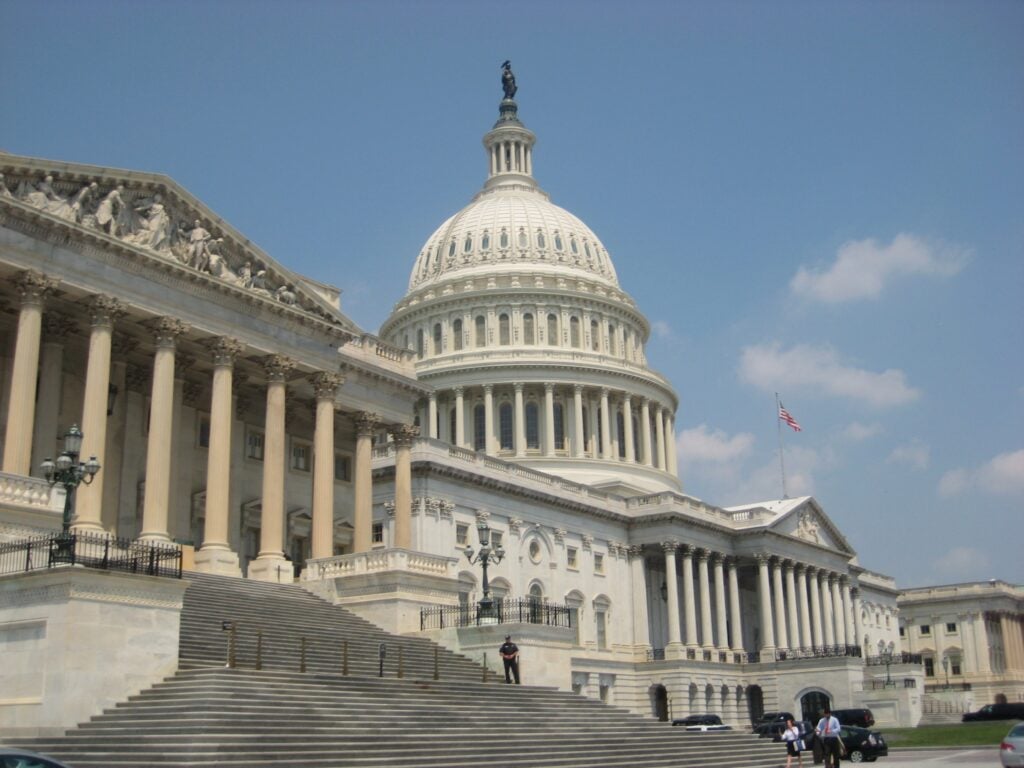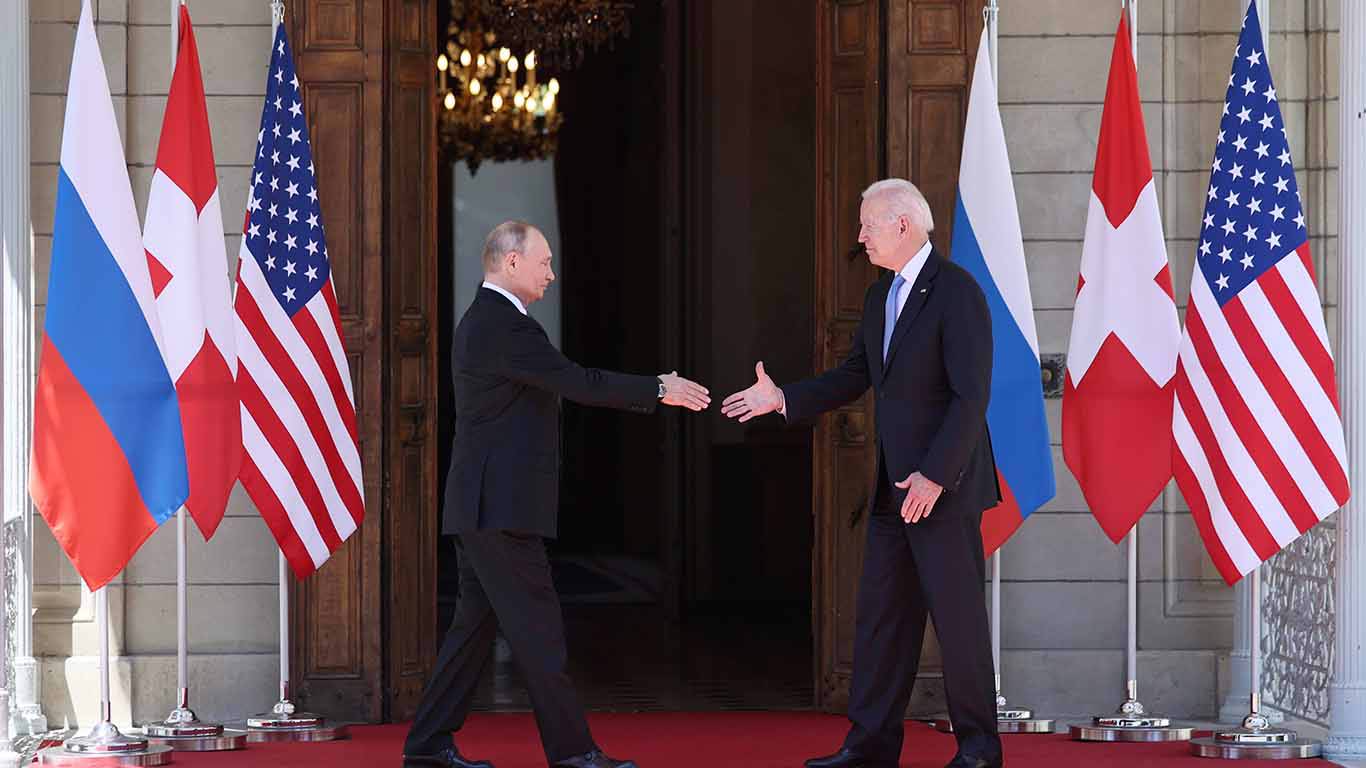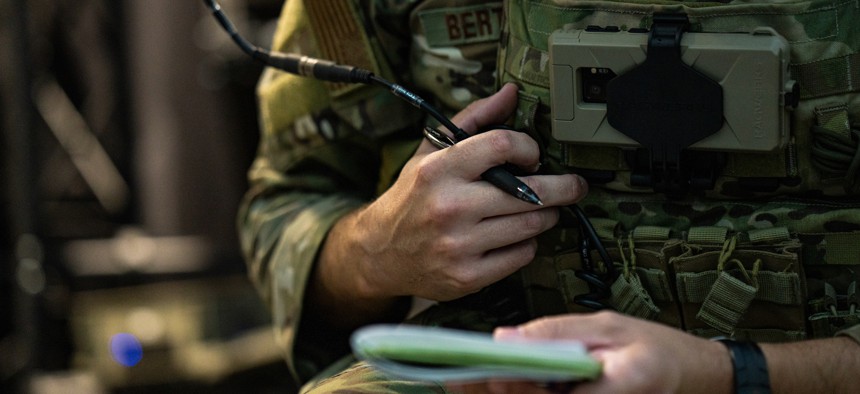Neil Quilliam and Sanam Vakil
The once closely coordinated and tightly knit Saudi-Emirati relationship is fraying. A cascade of policy divergences has emerged between Riyadh and Abu Dhabi over the past year, and more acutely over the past weeks. The long list of differences includes attitudes toward the war in Yemen, the pace of reconciliation with Qatar after a three-and-a-half-year rift, normalization with Israel and the Abraham Accords, managing ties with Turkey, OPEC production quotas, Iran strategy, and cross-border trade.
The emerging dynamic between Riyadh and Abu Dhabi is the new normal—and it applies not only to the two states but to all six members of the Gulf Cooperation Council (GCC). The sooner outside countries understand the new transactional dynamic, the better they’ll be able to manage relations with the entire region.
In truth, the tensions between Riyadh and Abu Dhabi are nothing new. They were an on-again, off-again feature of GCC politics decades before the 2011 Arab uprisings. These differences were often papered over because of shared concerns stemming from Iranian regional expansion and the threat from political Islam. That these challenges are resurfacing reminds that intra-Gulf competition has long underpinned the GCC.



